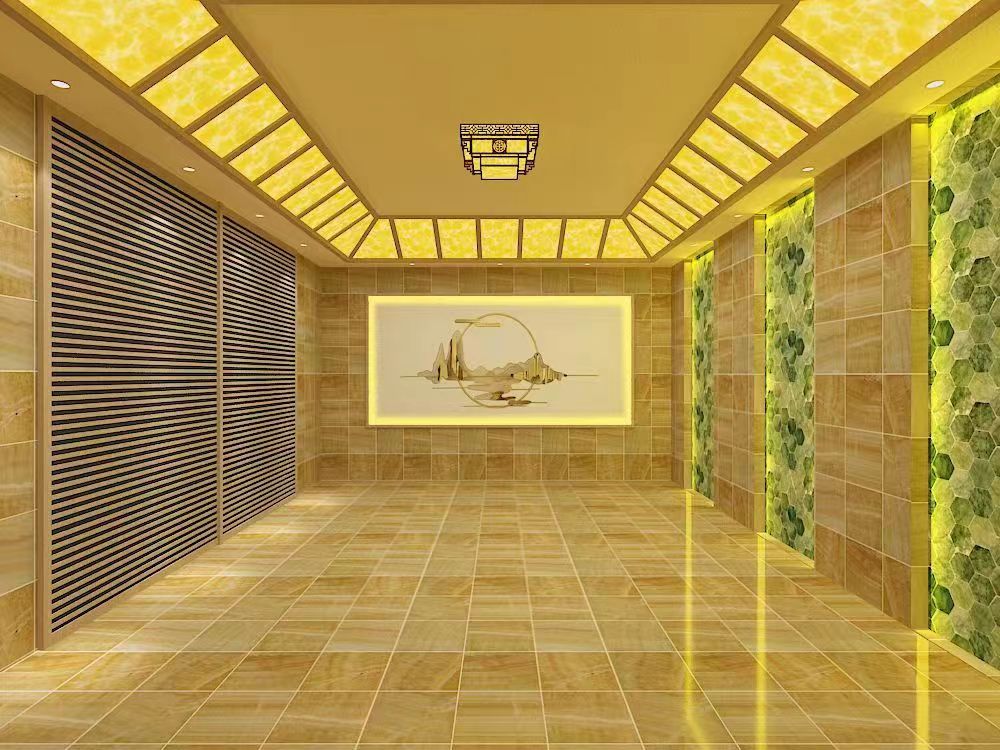
Are there any synthetic or non - wood materials gaining popularity for modern sweat rooms?
In recent years, the concept of sweat rooms has evolved, and with it, the materials used in their construction. Traditionally, wood has been a popular choice for sweat rooms due to its natural properties such as heat resistance and aesthetic appeal. However, synthetic and non - wood materials are now emerging as viable alternatives and are gradually gaining popularity.
One of the synthetic materials that is making waves in modern sweat room construction is fiberglass. Fiberglass offers several advantages. It is highly durable, resistant to moisture, and can be molded into various shapes. This allows for more creative and customized designs in sweat room construction. Unlike wood, it does not rot or warp over time when exposed to high humidity levels, which are typical in sweat rooms. Moreover, fiberglass can be insulated easily, helping to maintain the desired temperature inside the sweat room more effectively.
Another non - wood material on the rise is ceramic tile. Ceramic tiles are known for their excellent heat - retaining properties. They are also easy to clean, which is an important factor considering the sweaty and humid environment of a sweat room. Tiles can come in a variety of colors and textures, allowing for a personalized look. Additionally, ceramic tiles are non - porous, which means they do not absorb moisture or odors, contributing to a more hygienic sweat room environment.
Polycarbonate is also being considered for some aspects of sweat room construction. It is a lightweight yet strong material. In the case of sweat rooms, it can be used for creating transparent or semi - transparent sections, such as skylights or partition walls. This allows for natural light to enter the sweat room while still maintaining privacy. It is also resistant to heat and chemical damage, making it suitable for the sometimes harsh conditions inside a sweat room.
However, while these synthetic and non - wood materials offer numerous benefits, there are also some considerations. For example, some synthetic materials may emit certain chemicals when exposed to high heat, which could potentially be harmful to users. Therefore, strict quality control and safety standards need to be adhered to. Also, the traditional charm and natural feel of a wood - constructed sweat room may be lost with the use of these alternative materials.

